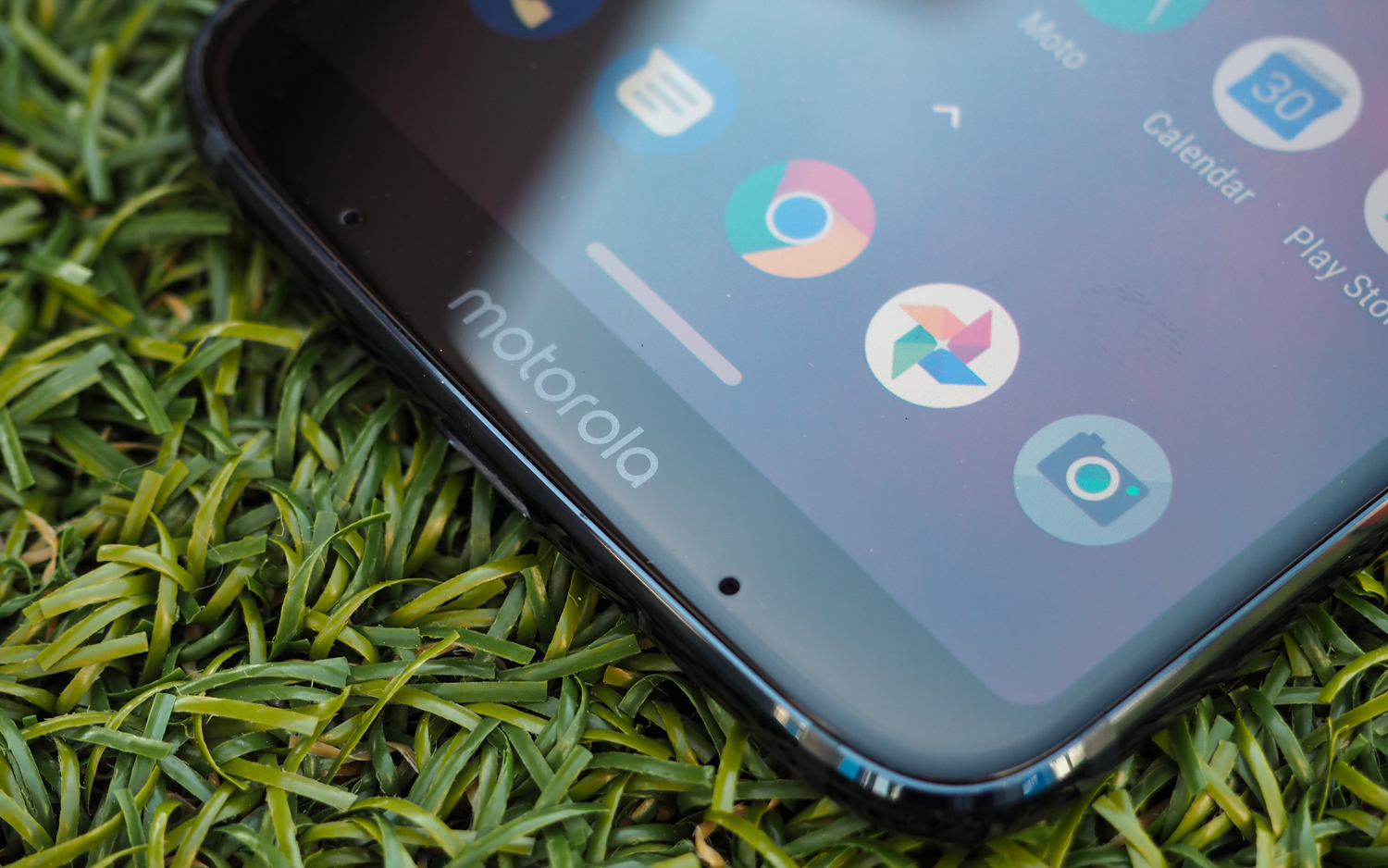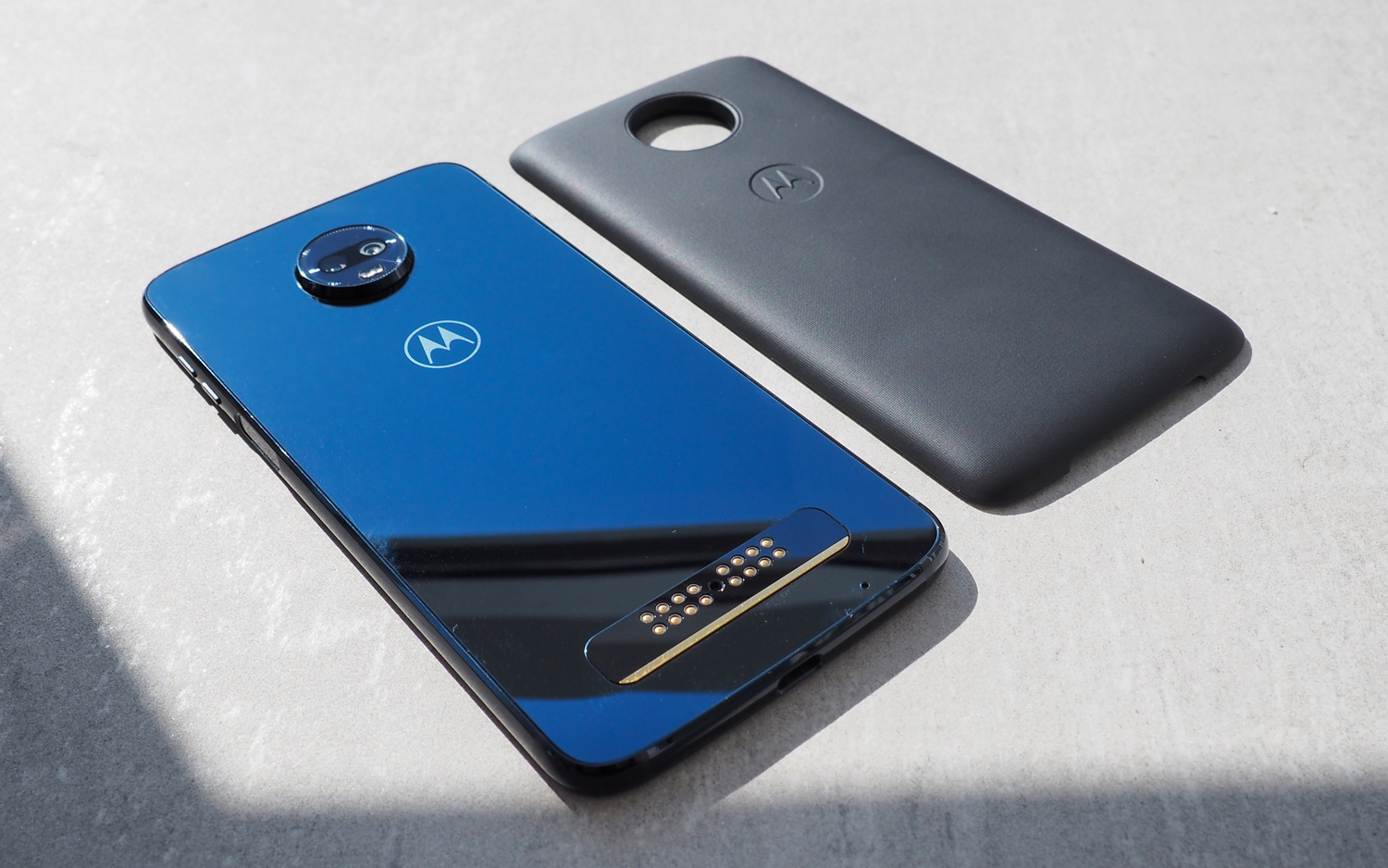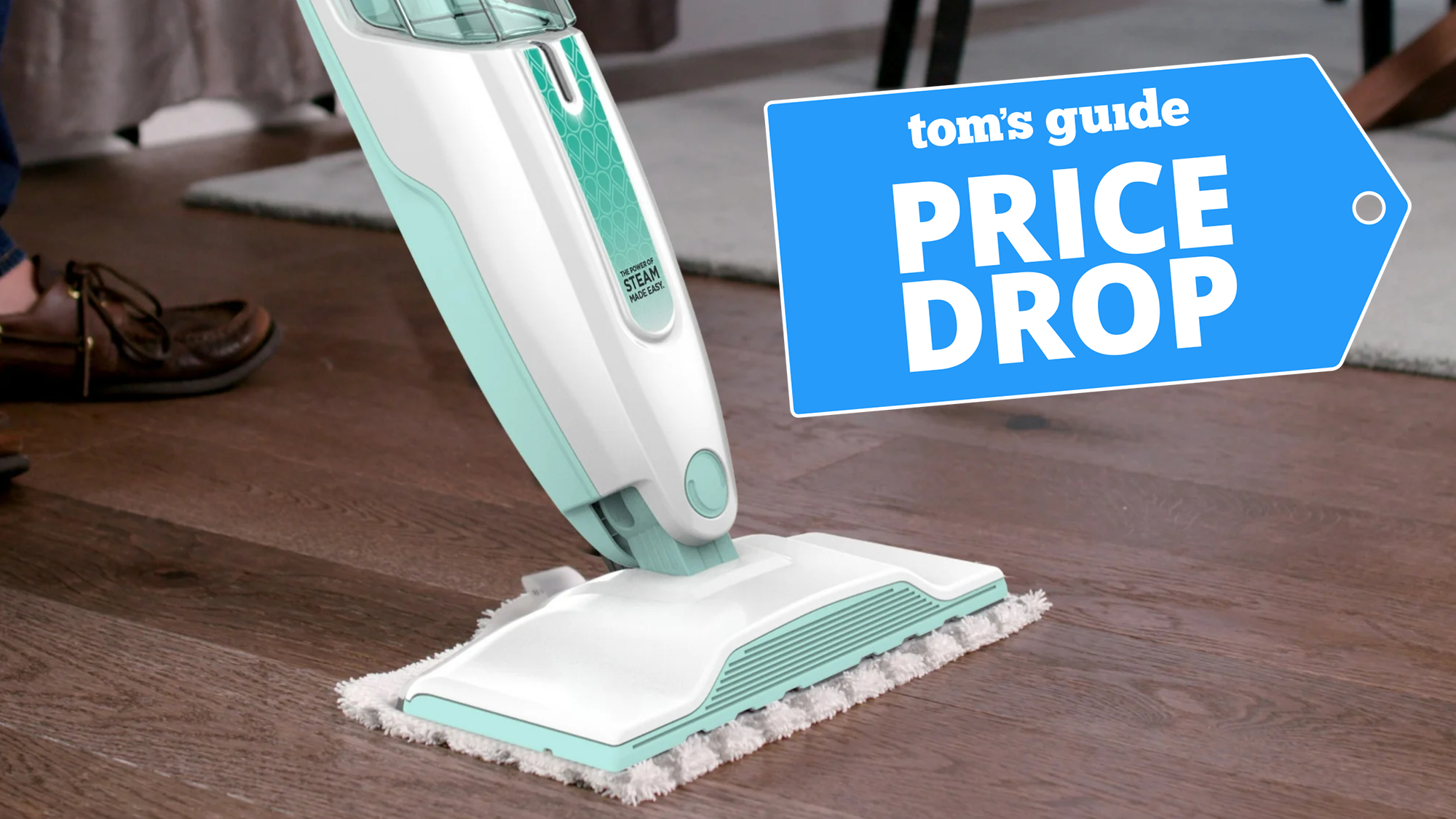Moto Z3 Play Hands-On: A Modular Phone You Can Afford
Motorola's Z3 Play looks to be an enticing entry point for users curious about modular phones, but it also retains many of its predecessor's quirks.

Motorola's previous entry in the Z Play series, the Z2 Play, offered nearly all the trappings of a modern flagship — a metal design, big AMOLED screen and Moto Mod support — with a bigger battery and slower processor than what you'd get in the range-topping Z2 Force.
The benefit to Motorola's compromise on performance was a lower price. The Z2 Play cost just $499, which isn't cheap but still hundreds less than most premium models from Samsung and Apple. And Motorola is following a very similar script for the phone's successor, the $499 Z3 Play.
The Z3 Play has the same footprint as its predecessors, so it could maintain compatibility with Moto Mods. However, the screen has seen a big bump; the new 18:9 AMOLED panel measures 6 inches from corner to corner, up from the Z2 Play's 5.5-inch screen. That's good for a 13 percent greater screen-to-body ratio than the outgoing model had.
Shrunken-down bezels on the face of the phone have necessitated a relocation of the fingerprint sensor, which used to sit below the display. Most phone makers have dealt with the problem of reduced space by putting the sensor on the back, but Motorola couldn't do that without eliminating mod support. As a result, the Z3 Play now has a side-mounted fingerprint sensor, that takes the shape of a small cutout in the aluminum frame.
It's an odd approach, especially because this space doesn't double as a power button. (Sony used to do this, though patent conflicts allegedly prevented the company from enabling the sensor in U.S. models of Xperia phones.) However, it would seem Motorola had no choice, outside of ditching fingerprint authentication entirely.
MORE: Moto G6 Review: All the Phone You Need for $250
This phone is still a looker, though. The Z3 Play comes only in Deep Indigo, but this savory shade of navy and teal makes the device more memorable than its predecessors. The device is still superthin, too, at just 0.26 inches thick.

Without a front-facing fingerprint sensor, Motorola has done what so many phone makers have done lately and moved navigation gestures into the bottom of the display. These gestures replace the standard Android back, home and recent apps keys and function similarly to Motorola’s One Button Nav option. That means you swipe left to go back, tap to go home and swipe right to flip to a previous app.
Under the hood, the Z3 Play packs a Snapdragon 636 processor paired with 4GB of RAM. This is likely enough power for most users, but it's not a significant bump from the Snapdragon 450 silicon in the $249 Moto G6, and it's a far cry from the Snapdragon 845 in premium rivals like Samsung's Galaxy S9.
We're seeing more phones in the Z3 Play's price range — like the OnePlus 6, Honor View 10 and Essential Phone — pushing flagship-tier performance, so Motorola's effort here can't help but feel a little underwhelming, at least on paper.
The Z3 Play inherits the Z2 Play's 3,000-mAh battery, but Motorola tosses in a bonus when you buy the new phone unlocked from the company's website or a third-party retailer. Owners will get a $49 Power Pack mod free of charge, which adds an additional 2,220 mAh of charge. That makes for a grand total of 5,220 mAh, which we expect will provide an excellent run time once we're able to test the device.

This Power Pack is also a welcome gesture after Motorola decided to downsize the original Z Play's 3510-mAh battery to just 3,000 mAh in last year's model. Motorola ostensibly did this to make the device thinner, so that tacking on Moto Mods wouldn't make the phone too bulky. However, some people suspected that the controversial decision was a thinly veiled effort to push its customers to fork over cash for external batteries. Adding in a Power Pack should help dispel those ideas.
Dual cameras can be found at practically all price ranges now, so it's not surprising to see Motorola add them to the Z3 Play. The company's latest two-lens solution combines a new 12-MP main sensor with f/1.7 aperture and a 5-MP secondary sensor, to allow for shallow depth-of-field tricks. Like with previous Motorola dual-camera systems, you can adjust the bokeh effect of pictures taken in Selective Focus mode before or after you've snapped the shot — something not many devices allow.
In addition to the camera stack itself, Motorola's camera app has new features for the Z3 Play'’s launch. There's Google Lens support built-in, which replaces Motorola's own proprietary Smart Camera functionality employed in the just-released G6. Smart Camera was relatively effective at identifying objects and landmarks, but it was horrendously slow compared to Google's solution, so this shift is definitely for the better.

There's also Cinemagraph mode, which transforms images into looping GIFs with partial animation. In these instances, the user physically paints over the area of the frame where they'd like to preserve the action. It didn't work flawlessly in every attempt during my brief time with the Z3 Play at Motorola's launch event, though a representative did use the feature to capture a perfectly still flag while its shadow fluttered on the ground beneath it — a really cool effect.
The Moto Z3 Play will be available later this summer for $499 from a multitude of retailers, including Best Buy, Walmart, Target and Motorola'’s own site. Amazon will also offer a Prime Exclusive variant for an undisclosed discount. These devices will be unlocked and compatible with both CDMA and GSM networks, and they'll come with the Power Pack mod. Alternatively, Motorola will partner with Sprint and U.S. Cellular to distribute carrier locked versions without the Power Pack, for a price yet to be determined.
Overall, the Z3 Play appears to be a mix of popular new features, like a nearly edge-to-edge AMOLED display and dual cameras, with some more-conservative upgrades in performance and design. But if you're enthusiastic about the Moto Z series' ever-growing selection of mods, this phone could provide a great way to join the party. Expect our full review of Motorola's newest modular phone for the masses in a few weeks.
Photo Credit: Adam Ismail/Tom's Guide
Sign up to get the BEST of Tom's Guide direct to your inbox.
Get instant access to breaking news, the hottest reviews, great deals and helpful tips.
Adam Ismail is a staff writer at Jalopnik and previously worked on Tom's Guide covering smartphones, car tech and gaming. His love for all things mobile began with the original Motorola Droid; since then he’s owned a variety of Android and iOS-powered handsets, refusing to stay loyal to one platform. His work has also appeared on Digital Trends and GTPlanet. When he’s not fiddling with the latest devices, he’s at an indie pop show, recording a podcast or playing Sega Dreamcast.
